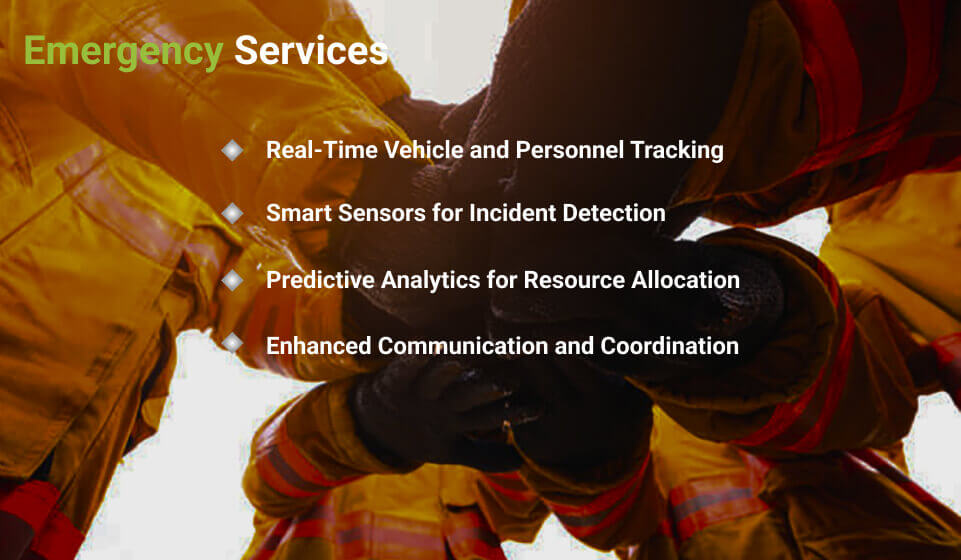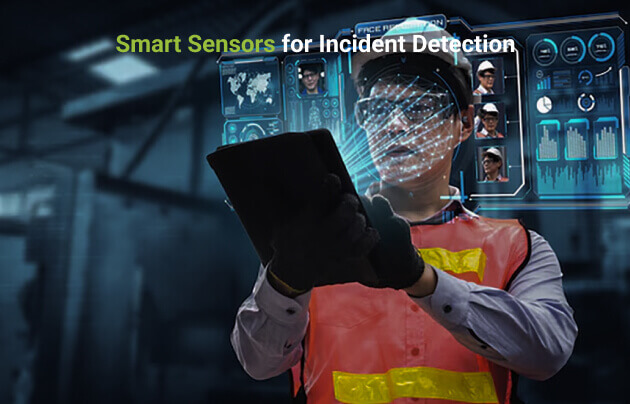


Real-Time Vehicle Tracking and Dispatch
Route Optimization and Traffic Intelligence
Centralized Command and Communication
Predictive Maintenance for Emergency Vehicles
Incident Data Analytics and Reporting
Emergency services play a critical role in ensuring public safety and responding swiftly to a wide range of crises—from routine medical emergencies and road accidents to large-scale disasters like fires, floods, and earthquakes. These services must operate under extreme pressure, where every second can mean the difference between life and death.
Yet, traditional emergency response systems often struggle with outdated infrastructure, fragmented communication, and delayed decision-making processes. These limitations result in slower response times, inefficient resource deployment, and reduced effectiveness during high-stakes incidents.
Real-Time Vehicle and Personnel Tracking
IoT-enabled GPS tracking systems allow emergency services to monitor the real-time location of vehicles and personnel. This helps dispatchers send the nearest available resources to the emergency site, reducing response times significantly.
The integration of Internet of Things (IoT) technology is radically reshaping how emergency services operate. IoT brings intelligence, automation, and connectivity into the heart of crisis management. From real-time location tracking of emergency vehicles and personnel to smart sensors that detect accidents or hazardous conditions, IoT enables emergency teams to respond faster and more effectively.
Enhanced data visibility improves situational awareness, while predictive analytics support proactive planning and resource allocation. As a result, IoT is not just enhancing emergency response—it is helping build safer, smarter, and more resilient cities for the future.

Smart Sensors for Incident Detection
IoT-powered sensors installed in key areas such as public spaces, highways, or buildings can detect incidents such as fires, traffic accidents, or hazardous chemical spills. These sensors send real-time alerts to emergency services, enabling them to respond quickly before the situation escalates.

Predictive Analytics for Resource Allocation
IoT technology, combined with predictive analytics, allows emergency services to allocate resources better. By analyzing historical data on emergency incidents, weather patterns, and traffic conditions, predictive analytics can forecast potential high-risk areas and pre-position resources accordingly.
Key Benefits:

Enhanced Communication and Coordination
IoT technology enables seamless communication between various emergency services, such as fire, medical, and police departments. By integrating communication systems into a single platform, emergency responders can share real-time data, video feeds, and location information, improving overall coordination and decision-making.
Key Benefits:
Want To Talk To An Expert Before Getting Started?